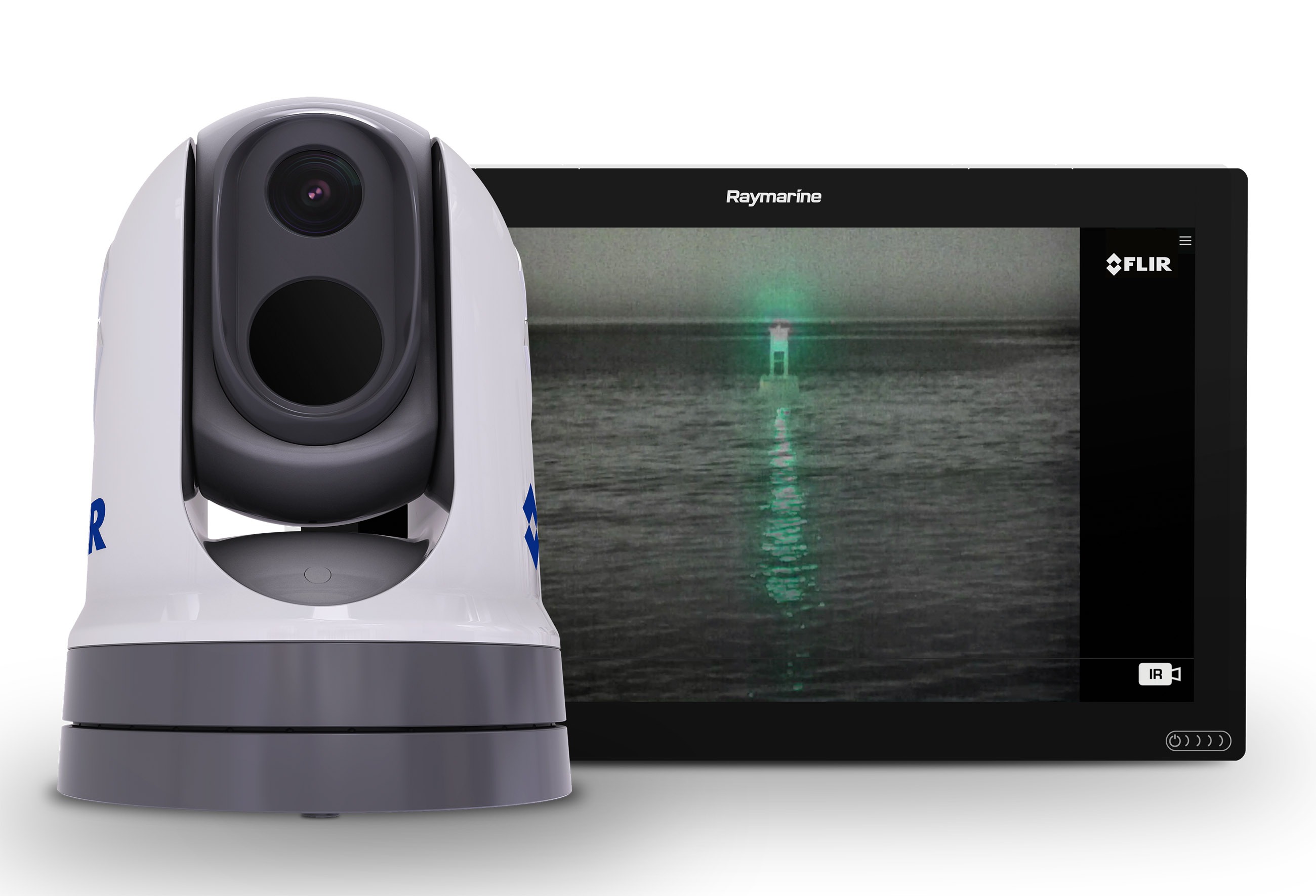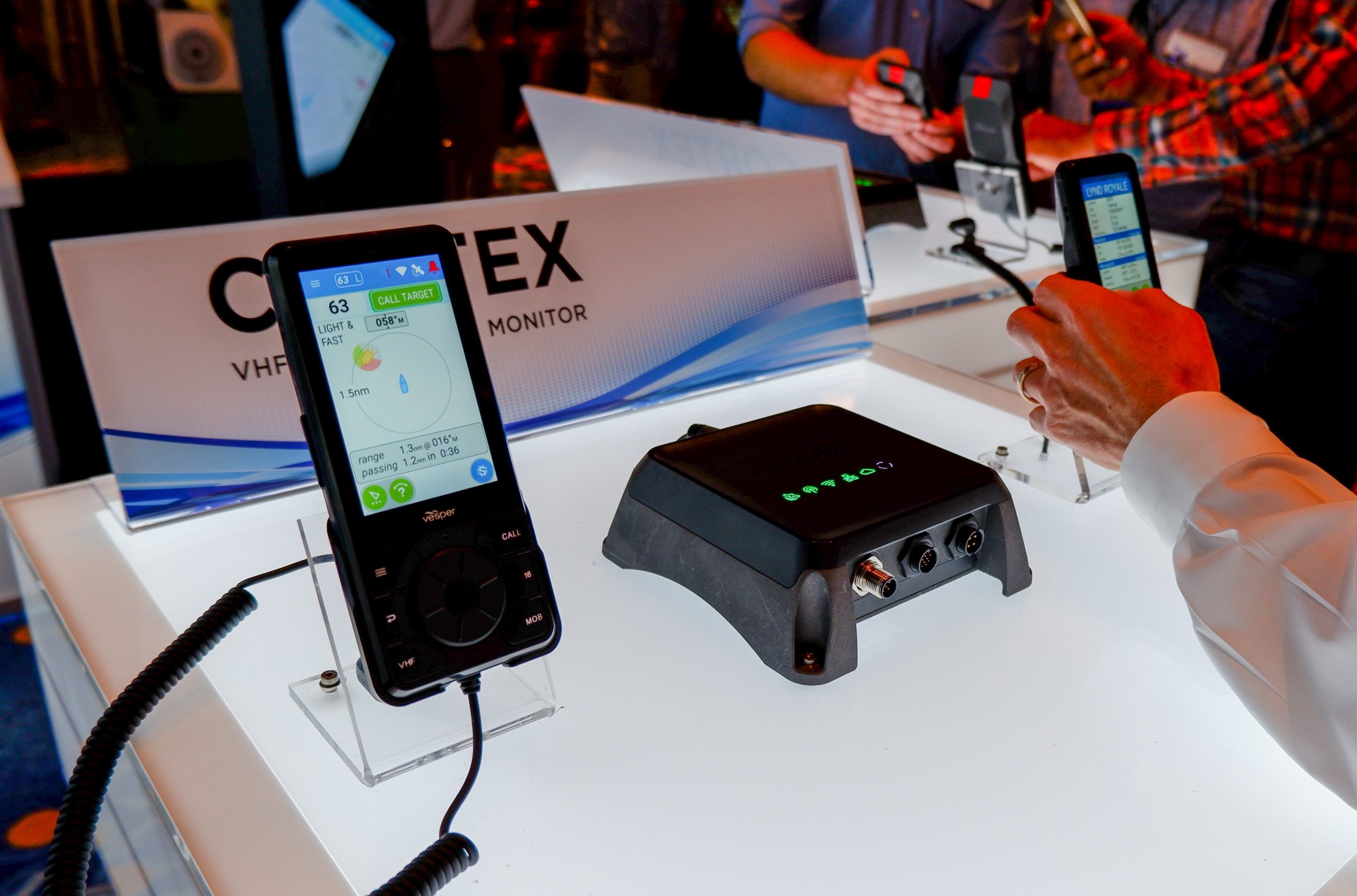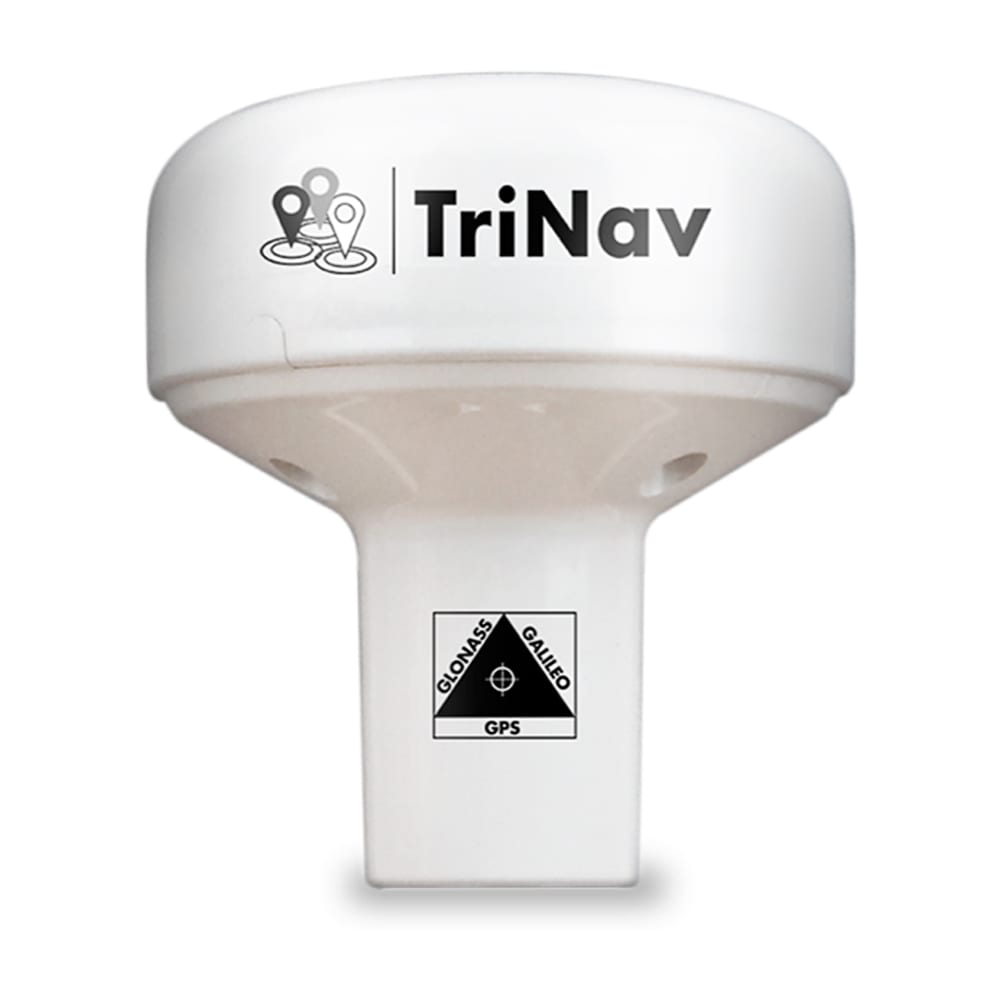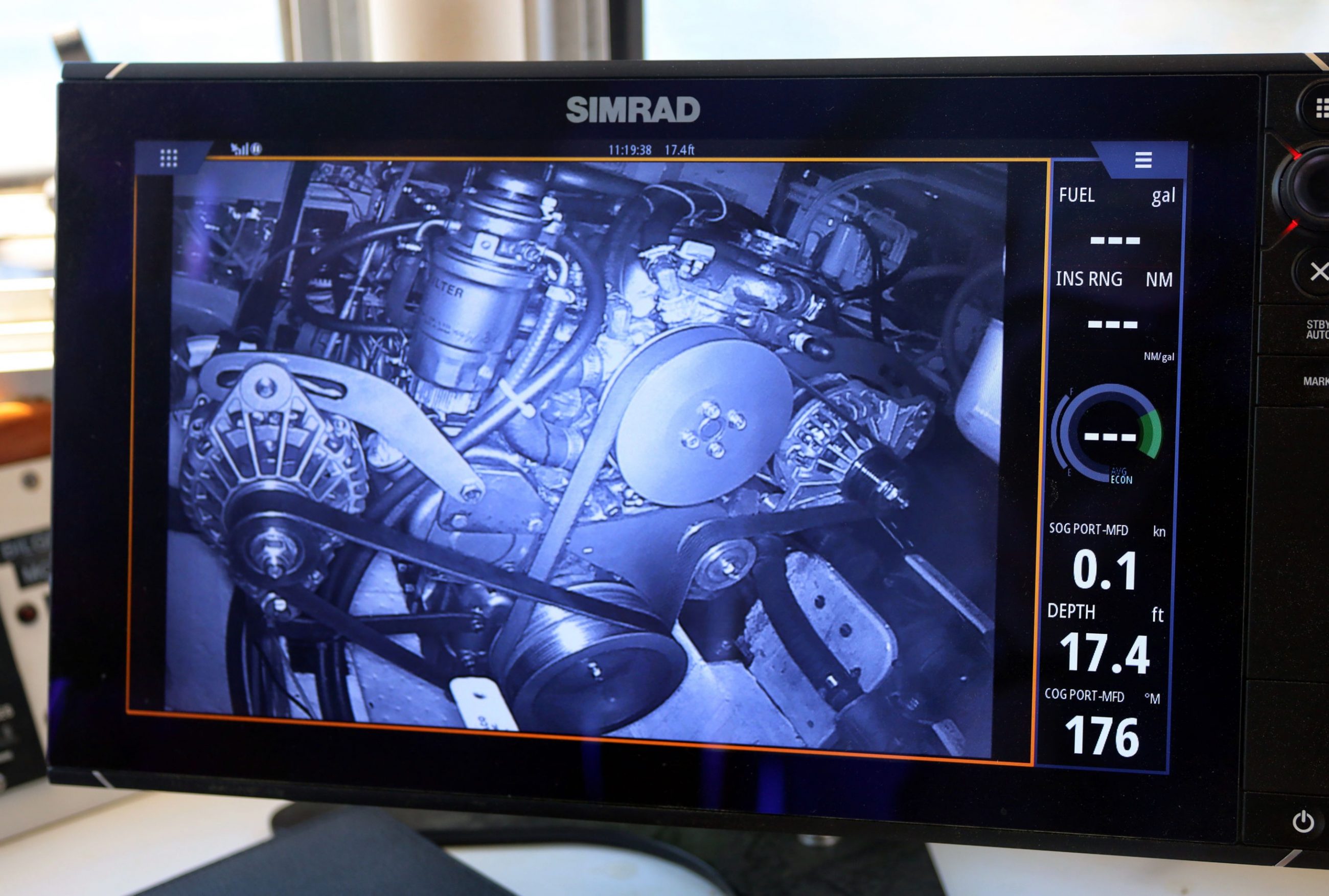Monthly Archive: September 2019
It may not be everyone’s idea of a good time, but trying the first dual-color electronic Visual Distress Signal Device (eVDSD) is how a writer trying to cover the present and future of marine electronics gets his kicks. And it happened because the annual and always valuable NMEA Conference is now also the annual RTCM Conference, and also because Panbo covered the event with dual Bens…
At the NMEA Conference last week, FLIR previewed the M300 line of marine cameras with five models including the company’s first visible light only camera. They also debuted Color Thermal Vision (CTV) and MSX edge enhancing imaging technologies. Ben Ellison and I took a night ride on the FLIR/Raymarine demo boat in busy Norfolk Harbor and saw how all this technology can enhance situational awareness.
FLIR Systems today announced the FLIR M300 Series, a new generation of maritime thermal cameras delivering advanced awareness-enhancing technologies, safer navigation, and seamless integration with onboard boat systems. FLIR M300 Series cameras are designed for the most demanding professional mariners and first responders who operate in the harshest marine environments.
In a recent blog post Navionics announced they’ve added vectors to AIS target displays and the ability to edit rate and review ActiveCaptain Community points of interest (POIs). It looks like Navionics is making good on their promise of rapid improvements to their AIS features.
Vesper Marine, a leading manufacturer of innovative marine electronics, announced today a revolution in marine VHF with the release of Cortex. Completely redefining the VHF experience, Cortex is the world’s first radio with wireless touchscreen handsets, built-in Class B SOTDMA smartAIS transponder and remote vessel monitoring.
Vesper has cemented a reputation for high performance, well-thought-out, feature-rich products. So, when they tease that “The future is coming” as they have in their recent promotional material it’s worth paying attention. It turns out Vesper’s take on the future is about continuing their track record of innovative features while expanding their capabilities to VHF radios and boat monitoring.
Digital Yacht have unveiled their TriNav GPS160, a new, high performance positioning sensor using GPS, Glonass and the new Galileo satellite systems for exceptional positioning accuracies and redundancies. Typical accuracy is better than 1m and data can be set to output at up to 18Hz for smoother plotter track displays. TriNav software technology also improves positioning vulnerabilities that could occur through spoofing and local interference.
The goal of the makeover certainly sounded like cruising bliss, but could a 100hp Yanmar diesel really propel a 39-foot trawler while also producing gobs of 12 volt DC to feed both SeaKeeper gyrostabilization and a huge battery bank? I’m pleased to report that the dual MGDC 250 amp alternator setup seen above on the actual trawler Bliss has proven my skepticism unwarranted, and an already beloved cruiser became a “new boat” in the process.
Extraordinary achievements in maritime safety were honoured at the annual Safety at Sea Awards on 10 September in London. The event – held as part of London International Shipping Week 2019 – saw maritime companies, charities and individuals recognised for achievements in training, product design, seamanship and bravery. Daniamants Electronic Inclinometer for Tugboats, the DANEI-300T, was awarded as this years Best Safety Product of the Year.
iNavX, the leading marine navigation app now provides access to CHS Charts from the Canadian Hydrographic Service. These comprehensive digital charts provide exceptional detail when navigating in Canadian waters.


















